Rudolph the Red-Nosed Reindeer c. 1964 :
It’s janky. It’s junky. But it’s also jingle-jangly: Rankin-Bass’s 1964 holiday television special Rudolph the Red-Nosed Reindeer established the mid-century template for American Christmas tradition in all its glorious kitsch. Something about the stop-motion makes it fascinating, year after year, to the very young: the characters are hypertactile, all hair and fur, the story simple but elemental. Where A Charlie Brown Christmas appeals to the bourgeoisie, with its anti-consumerist screed and middle-brow jazz, and How the Grinch Stole Christmas’s Seussian wit positions it as the most effectively classic and timeless. Its Abominable Snowman is like Baby’s First Harryhausen, made all the scarier by its lo-fi movements and the compensating hyper-close-ups.
Rudolph the Red-Nosed Reindeer endures for all of these elements and a bang-up folksy Burl Ives soundtrack, and its production history represents a model that American TV animation continues to employ to this day: After storyboarding in New York, the actual “Animagic” animation was outsourced to Tadahito Mochinaga’s team in Japan. The interchange between American and Asian animation outfits, including the problem of who exactly does what labor, would endure — as would that adorable, nasal-voiced reindeer.
https://www.vulture.com/article/most-influential-best-scenes-animation-history.html
-
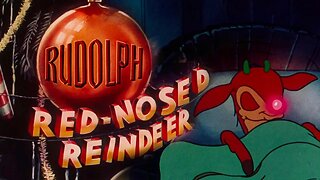 8:11
8:11
VintageChannel
1 year agoRudolph The Red-Nosed Reindeer (1948) Color & HD
14 -
 50:19
50:19
Quest for Happiness
5 months agoRudolph the Red-Nosed Reindeer (1964)
93 -
 1:34
1:34
Official Music Chilling
1 year agoRudolf The Red Nosed Reindeer
12 -
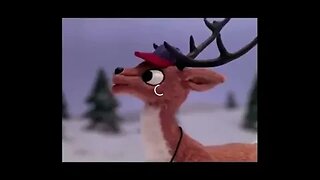 50:33
50:33
Classics for Christmas!
7 months agoRudolph the Red Nosed Reindeer! 1964 full movie
10 -
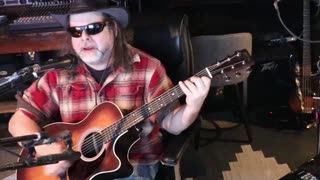 2:08
2:08
Grendelcat Lair Clips - JC & Timmy / Sentient Cement
5 months ago $0.01 earnedRudolph The Red Nosed Reindeer - JC Solo
48 -
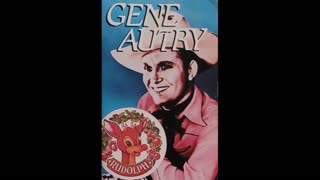 22:41
22:41
slavprussiaottomanfinlandUSUK
5 months agoGene Autry – Rudolph The Red Nosed Reindeer
14 -
 4:35
4:35
Mhpfilms2020
1 year agoRudolph The Red Nosed Reindeer Classic Remake stop motion animation
50 -
 3:56
3:56
ASW1971
1 year agoRudolph The Red Nose Reindeer
27 -
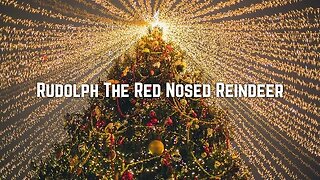 1:37
1:37
Official Music Chilling
1 year agoRudolph The Red Nosed Reindeer Lyrics
33 -
 3:12
3:12
LGD
3 years ago【Rudolph the Red Nosed Reindeer】Covered by LGD
7